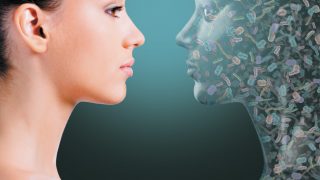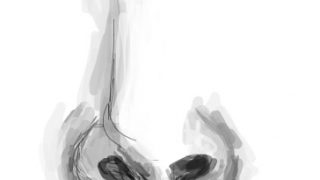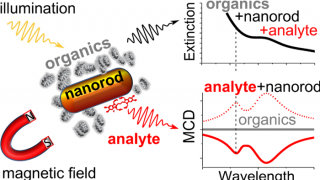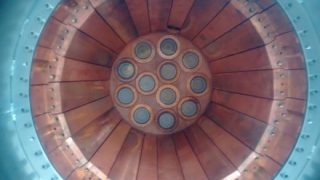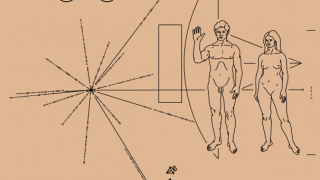
Do mannequins have anorexia?
Anorexia nervosa is the oldest of the eating disorders. It is a serious problem with the highest mortality rate of all psychiatric disorders. We live in a epoch strongly marked by advertising and commercial references, in which different brands use shocking ads with beautiful girls and perfect guys. Whether it’s food, cars, clothing or perfumes […]
